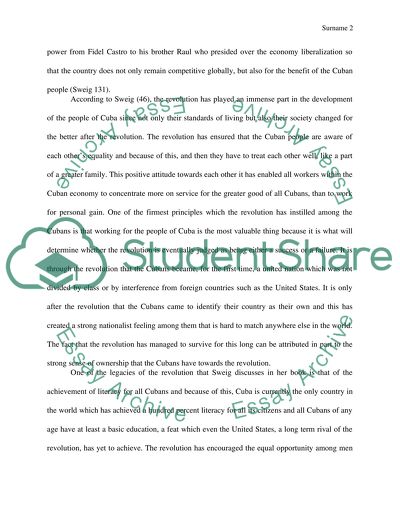Cite this document
(“Book Review: Cuba: What Everyone Needs to Know by Julia Sweig Report/Review”, n.d.)
Retrieved from https://studentshare.org/history/1481603-book-review-cuba-what-everyone-needs-to-know-by-julia-sweig
Retrieved from https://studentshare.org/history/1481603-book-review-cuba-what-everyone-needs-to-know-by-julia-sweig
(Book Review: Cuba: What Everyone Needs to Know by Julia Sweig Report/Review)
https://studentshare.org/history/1481603-book-review-cuba-what-everyone-needs-to-know-by-julia-sweig.
https://studentshare.org/history/1481603-book-review-cuba-what-everyone-needs-to-know-by-julia-sweig.
“Book Review: Cuba: What Everyone Needs to Know by Julia Sweig Report/Review”, n.d. https://studentshare.org/history/1481603-book-review-cuba-what-everyone-needs-to-know-by-julia-sweig.


